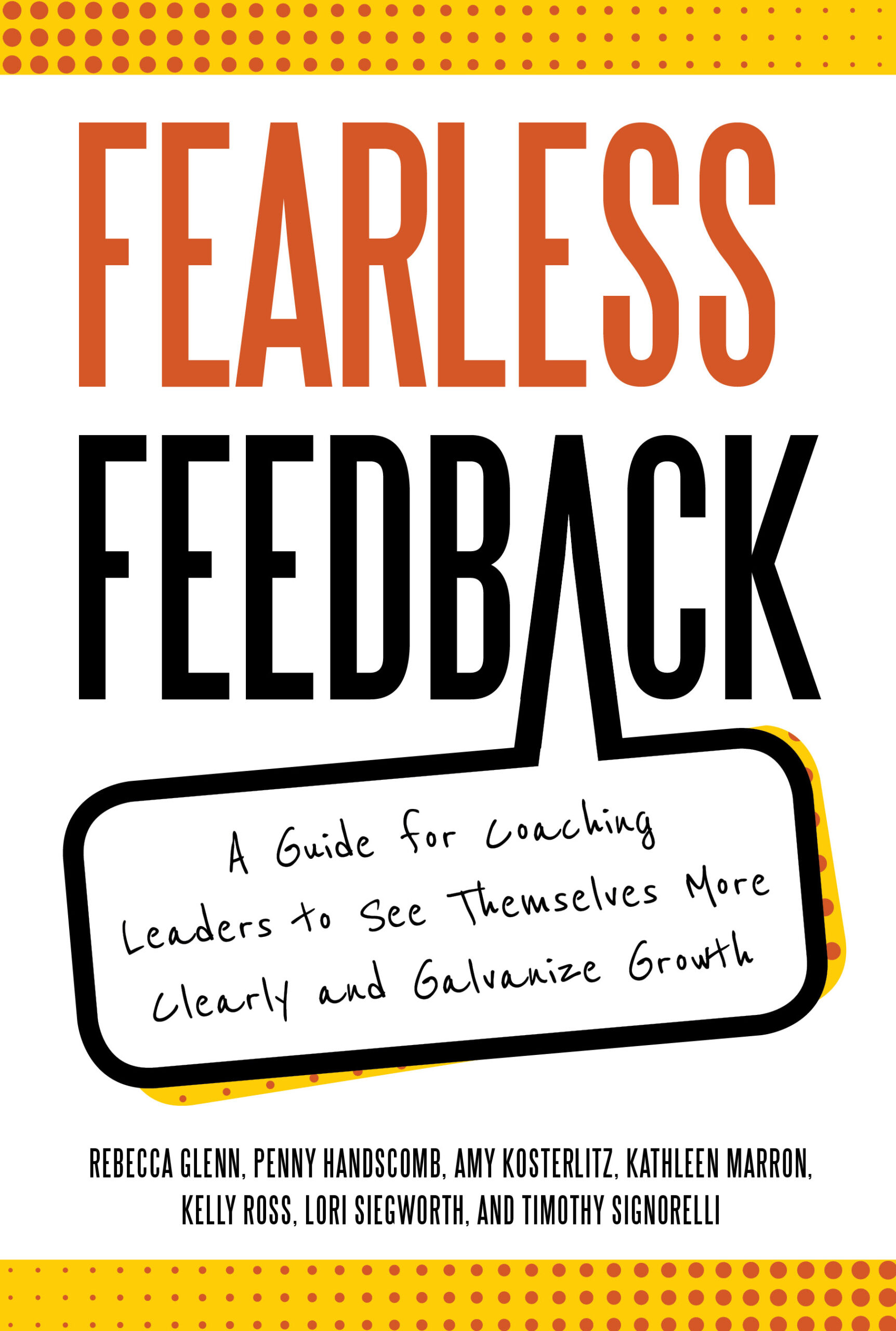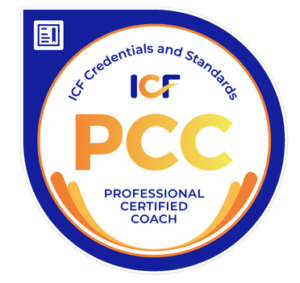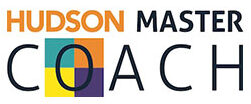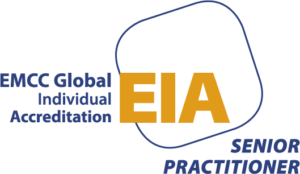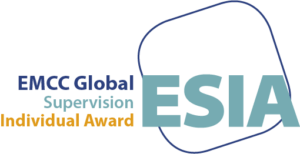29
Sep 2015
Set a Clear Course: Define Goals and Communication Rules at the Beginning of Coaching Engagements
My coaching clients fall into two buckets, some are sponsored by their organizations and others are paying for their own coaching. There are distinctions between how I create successful engagements, beyond who pays the bill. When the organization is involved there is more information and feedback, and it is critical to agree on who will know what about the engagement by setting up communication rules. When an individual hires me directly only the two of us are involved which simplifies things, but it can allow for blind spots about whatever we are working towards.
In both cases we need to clarify what successful coaching will look like when we start. What is the overall goal that this person is working towards? How will we know coaching has been successful? I think about the overall goal and success measures for the coaching engagement like navigating a boat towards an island in the distance: we are headed towards it and we weave back and forth a bit while heading in its general direction. In any given coaching conversation, in addition to talking directly about the goal, we may discuss something a bit divergent from the engagement goal but relevant to the client that day. My job as coach is to manage the process and keep us headed toward the overall goal while meeting the client where they are that particular day.
Working with a Coaching Client Whose Organization is Paying for Their Coaching
In our fit conversation we also talked about what members of her organization will know about our coaching engagement. It’s not my job to get entangled in the “system” of the organization, so clear communication guidelines need to be established up front. It is imperative for the client and her boss to continue to talk directly. There are sometimes others involved, such as a sponsor, an HR leader, or the person leading coaching initiatives for the organization. At the beginning of the engagement I connect with the client and her boss (and others if appropriate) to agree on coaching goals and communication rules. The three (or more) of us meet again in the middle and at the end of the engagement to check progress. Typically in these checkpoint meetings we don’t share details beyond the coaching goals and progress made. The details of the coaching conversations are kept between the client and me.
Sometimes the client takes an assessment (such as a 360 or Hogan) and we all need to agree who will see that data. Sometimes I collect feedback as the coach and we all need to agree who will see my write-up of the themes from those conversations. During the coaching engagement there will be much discussed with my client that is not shared with the organization, such as what the client is afraid of or finding challenging, where she feels incapable, or how difficult it is to hear certain feedback. Confidentiality is critical for coaching to be effective and for the client to make progress on whatever the behavior change is that we are working through. If the organization is paying the bill, we also need to keep the right folks, such as the client’s boss and the sponsor, in the loop at a high level.
Working Directly with a Client Who Pays for Their Own Coaching
- Sharing an outside perspective
- Being a mirror
- Holding the space when we meet for coaching to help my client stay focused on his coaching goals
Regardless of who is paying for the coaching, much of the coaching process and value remains the same and I stay focused on helping the client reach the island in the distance.

